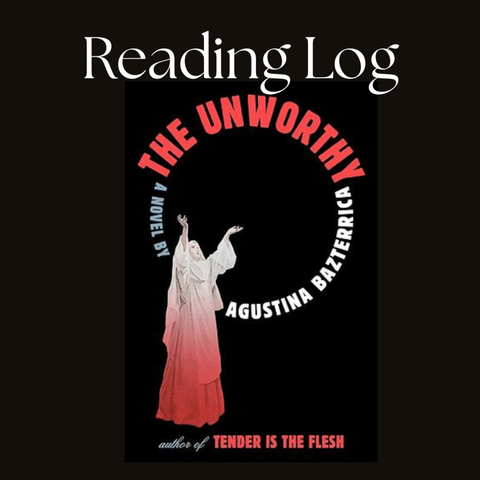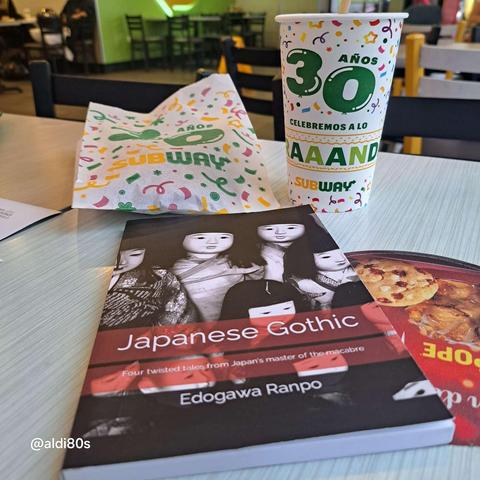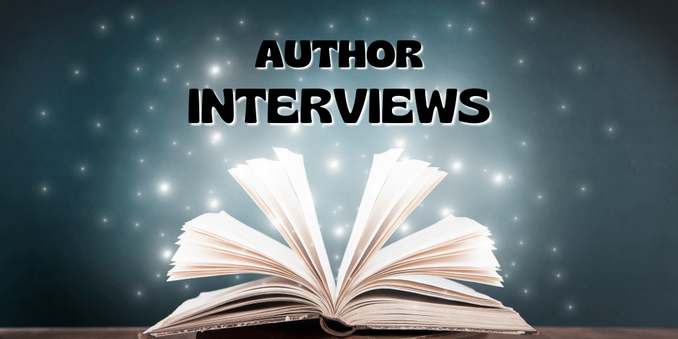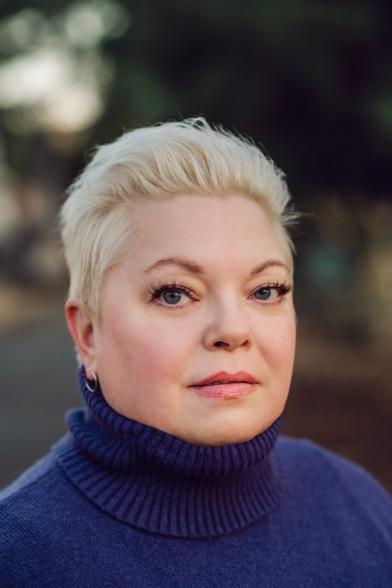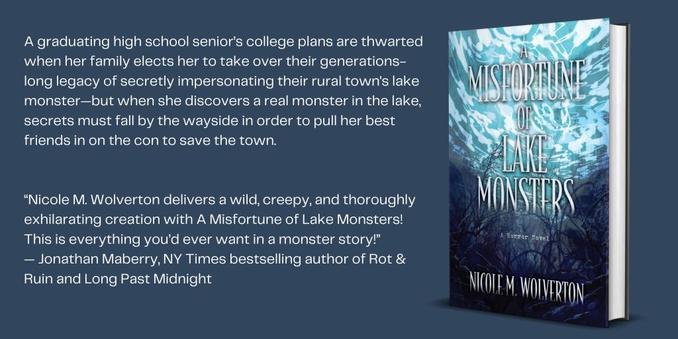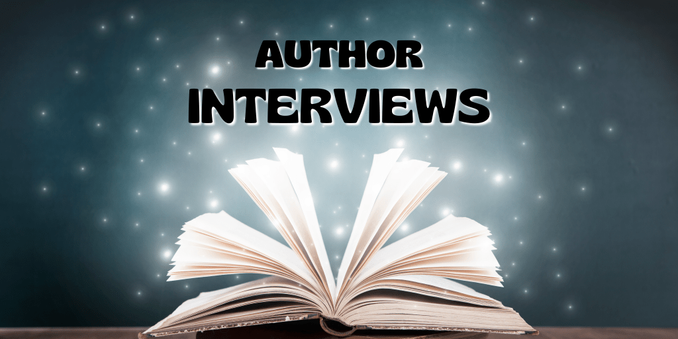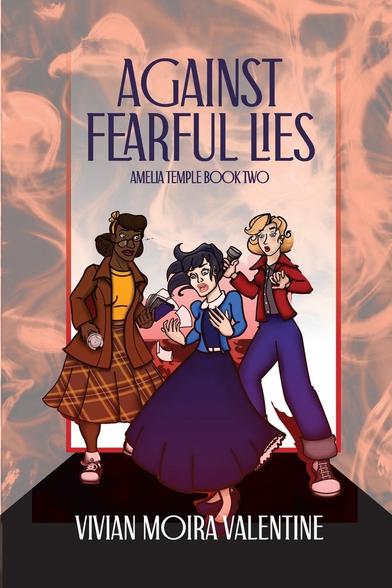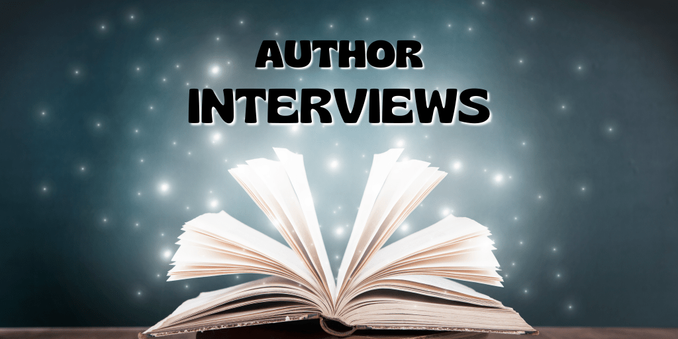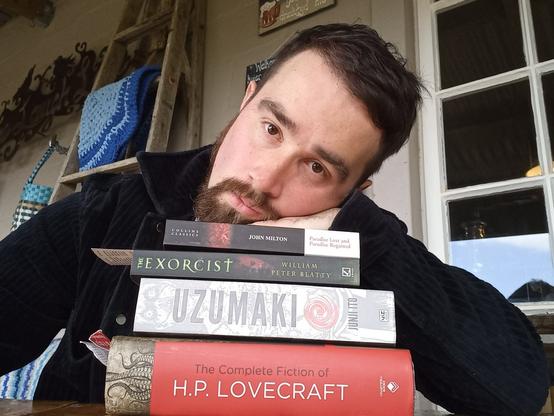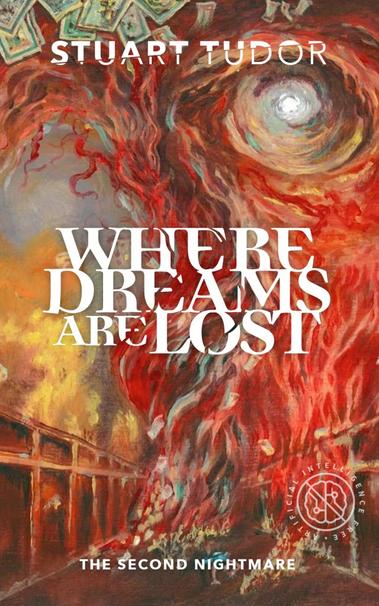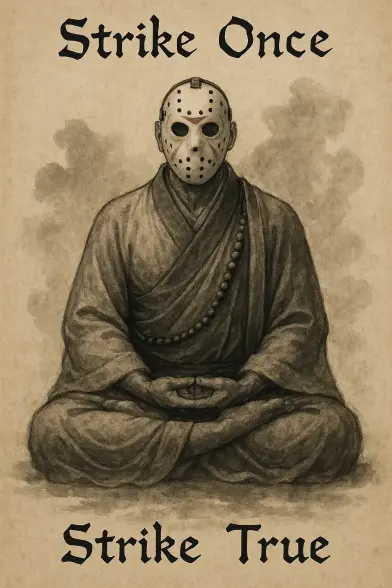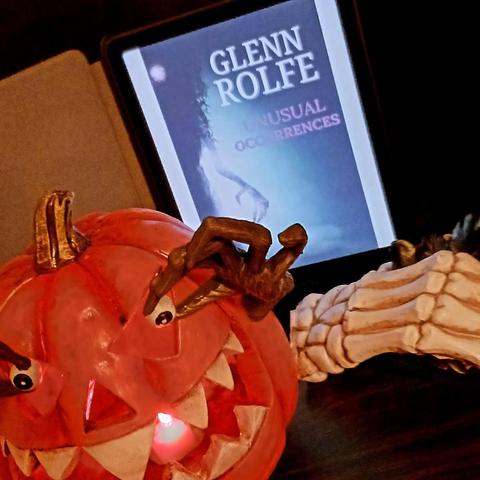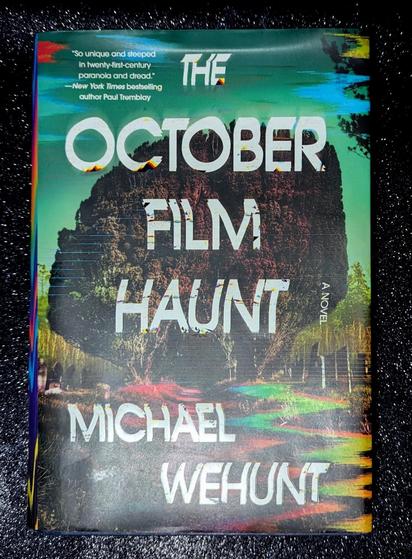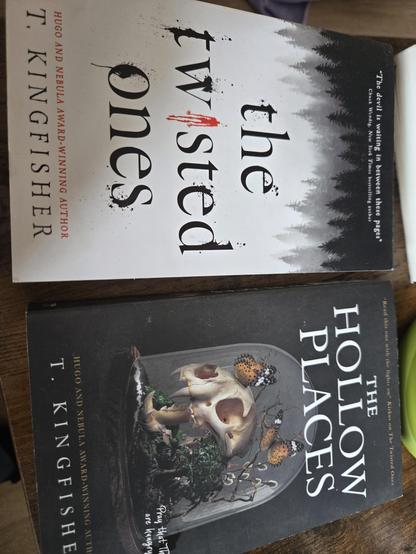Author Spotlight: Stuart Tudor
Stuart Tudor (he/him) has been devouring stories since he was little, a habit cultivated by countless bedtime tales. It was during his high school days in 2015 when, after reading The Strange Case of Dr Jekyll and Mr Hyde and playing Fromsoft’s Bloodborne, he began to appreciate horror.
He has always been creating his own stories, reflecting his fascination with the imaginary. This motivation to write would quickly lead him to explore dark themes and settings. His love of writing and horror would produce the Eight Nightmares Collection: A collection of stories about the dreamlike, the surreal, and encounters with the fantastical. An entrepreneur at heart, he has embraced the self-publishing route- delivering horrifying tales that will scare and thrill people the world over.
When away from the word doc, Stuart is studying for his degree in English or working in managing properties and real estate. If he is not doing that, he is taking a breather with a good book like Berserk, playing Baldur’s Gate 3 or watching the latest Scream movie.
All Author Links: https://linktr.ee/stuarttudor
Tell us about the setting for your book, Where Dreams Are Lost; was this story always set in 2008 Detroit when it came to you as an idea, or did you play with other ideas first before settling on this location?
Not really, although when I was writing it, I did consider changing it to the 1920s. But I decided to move that setting to Black Masquerade, which suited the themes and tone better. 2008 was a blessing and a curse to the story because people complained that the themes were too relatable, too close to what had happened in the past, and what was happening during production with Covid.
As of now, Where Dreams Are Lost is the most difficult to market cause of all the terrible memories it can trigger in the reader. Reading about the closure of the Owings Mills Mall as showcased in the Contrapoints video Opulence inspired me to write Where Dreams Are Lost. It saddened me to see all that prosperity go, the optimism vanishing to be left with a hollow shell. I also was influenced by Covid. In South Africa, we have been struggling economically for a while with unemployment. As someone who worked hard to find a day job throughout my 20s before Covid took the little job opportunities I on the table, I felt it. My family protected me and my brother from the worst of 2008, making it somewhat palatable to me to write something set in that era rather than Covid. Detroit was a prime target for me. Rather stereotypical, I know, to select Detroit as the symbol for the dead American dream, but it has been well deserved. Detroit has struggled with urban decay and loss of prosperity ever since the 1970s, I believe. It was also the first US city to declare bankruptcy in 2008. Detroit in this instance was at the forefront of the great recession, one of the worst hit. It would make sense to have Where Dreams Are Lost set in that time, in that location.
What atmosphere were you hoping to capture in the book, and what writing techniques did you use to create it?
Silent Hill influenced me a lot when making this story, chiefly SH2 PT and SH3. I hoped to capture that surreal, nightmarish atmosphere through the imagery and themes. I wanted to imagine how the town would behave if some poor sap got lost during that terrible year. Now, a video game is very different from a book.
The lack of a visual medium can make it difficult to translate the feeling of Silent Hill into a nonvisual medium. I tried to use lighting, sound and personification to drive home the hostile environment, the fact that the monsters have a personal connection to our heroes was also important. It was my responsibility to make sure that the audience grasped (without spoon-feeding them) the fear James and his pals encountered in the mall and how it impacted them. There was a lot of fun, so many monsters, so many were cut from the final release.
There was also the aspect of the mall itself I wanted to use to help convey the atmosphere. I wanted the reader to feel like they weren’t sure if the mall was alive or just mimicking life. Much like Silent Hill, the Grand House Mall had to have a mind of its own, but how much is up for debate?
It thrills me to keep my readers on their toes; I want them to think as they read; I want them to wonder about the story they have read. I think a quote from PT sums up the sort of atmosphere I wanted to create for Where Dreams Are Lost: I walked. I could do nothing but walk. And then, I saw myself walking in front of myself. But it wasn’t really me. Watch out. The gap in the door… it’s a separate reality. The only me is me. Are you sure the only you, is you?
How did you build the characters of James, Harvey, Latisha and Alice in the novel, and did they develop organically through the drafting process or did you have them planned out before you began writing?
Originally, in the first draft, it was just James, Harvey and Alice. They didn’t change much as the drafts continued, but they were all rather sad down on their luck people who get trapped in their own hells. Some complaints of that draft were because of the lack of hope in the story. Everyone lived miserably and died as such. So, I invented Latisha following the advice of a friend to include someone who isn’t destitute. That was what the story needed, someone who could help her friends through their troubles and her own. She becomes the mama bear in a sense to the group after the mall starts messing with them, protecting all of them as best as she could.
In the first draft, James and Harvey had feelings towards each other but ultimately don’t express it and they all die. That also had to change, to make the story a bit more hopeful. They do express themselves and hopefully get together (at least I hope so). There were a few monsters that got cut from the first draft that would reference the character’s struggles, such as starvation and prostitution, among others. These were too dark and cruel for me to include, so I reduced the number of things potentially suffered by my heroes.
Do you find yourself returning to specific themes in your work? If so, which ones?
When I wrote Where Dreams Are Lost, I was still working out what sort of writer I want to be. I would say that this story, along with in part Black Masquerade, helped me understand a core theme of my stories: survival. I am a noble dark writer; having studied some of the darkest moments in human history; I live in a country that is often violent and filled with struggles from all walks of life. All my characters encounter and endure hardship (mental or physical) but they fight through it. They want to fight; they have something to look forward to. I think this is an important aspect of the human condition, the need for hope and the desire to find the good times. There are other themes, of course, such as mental health, friendship, family, the march of progress among some others. Those who follow Eight Nightmares will notice how certain stories rhyme thematically to others with the collection. Crimson Dolphin is a bit of a mixed bag of themes, except for survival.
What is the scariest thing that has happened to you in real life?
I think that might have been when some baboons broke into our car at Cape Point, one of us left the window open and they got in and did their thing. Pretty scary, as baboons can be rather violent if you try to get in the way of their food.
Tell us about your other work: what should we be looking out for, and where/when can we find it?
The ongoing project, Eight Nightmares, has already released three of the eight, with the fourth, Our Broken World, hopefully releasing this year. The rest (A Farewell to Humanity, The Fang and the Claw, Divide the Zero and Praise the Morningstar) will be released as I complete them. Once completed, there will be a single volume for Eight Nightmares called The Eight Nightmares Collection.
Additionally, I have Crimson Dolphin, a collection that will be released in its entirety once it is completed. About half of the stories have their final edit pending, there are eight total. I am also part of an anthology coming out on October 30th called Macabre Multiverse. My contribution will be Fast Radio Bursts, an apocalyptic short with cosmic horror elements.
You will find Eight Nightmares, Crimson Dolphin and Macabre Multiverse basically everywhere. But Macabre Multiverse will be the first time a story of mine will be in a physical book. That is cool as hell. You can keep updated on every project’s progress weekly on my Patreon or monthly on my newsletter.
Like This? Try These:
#authorInterview #authorSpotlight #horrorBooks #indieAuthors #southAfricaAuthors
